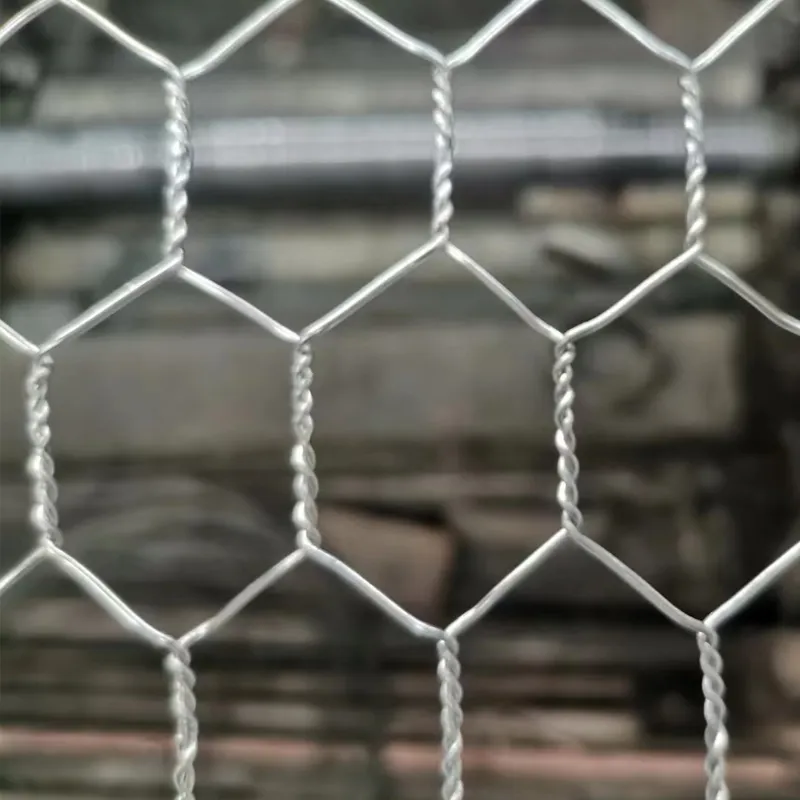Jul . 28, 2024 14:27 Back to list
Leading Manufacturers of Concertina Wire for Enhanced Security Solutions and Protection Systems
The Role of Concertina Wire Manufacturers in Security and Defense
In an age where security threats are increasingly complex and varied, the role of concertina wire manufacturers has become paramount. This razor-sharp fencing material, commonly referred to as barbed wire, is an essential component in fortifying perimeters across various applications, such as military installations, correctional facilities, and even private properties. Concertina wire provides a formidable barrier against unauthorized access and serves as a psychological deterrent to intruders.
Concertina wire is characterized by its coiled shape and sharp barbs, which make it challenging to climb over or breach. Its design allows it to be deployed rapidly, making it an effective solution for temporary security needs during events or natural disasters. Concertina wire manufacturers play a critical role in producing this material to meet the increasing demands from both public and private sectors.
Manufacturing Process and Material Selection
The manufacturing of concertina wire involves selecting high-quality materials that can withstand harsh environmental conditions. Common materials include galvanized steel and stainless steel, which provide resistance to corrosion and tensile strength. The production process typically involves drawing wire, coiling it, and incorporating sharp barbs at regular intervals.
Advancements in technology have enabled manufacturers to enhance the durability and effectiveness of concertina wire. For instance, some manufacturers now offer options for additional protective coatings, which further increase the lifespan of the wire and enhance its resistance to wear and tear. The choice of raw materials and production methods is crucial not only for effectiveness but also for compliance with safety standards, which vary across industries and geographical locations.
Applications of Concertina Wire
Concertina wire is widely utilized in various sectors, with a majority of its applications falling within security and defense. Military installations employ concertina wire to establish secure perimeters around bases, weapon storage areas, and sensitive facilities. Its formidable appearance and sharp design serve both as a physical barrier and as a psychological deterrent against potential threats.
concertina wire manufacturers

In correctional facilities, concertina wire is used to prevent inmate escapes and enhance perimeter security. Its installation is often part of a layered security system that may include surveillance cameras, alarm systems, and human monitoring. Similarly, concertina wire is adapted for use in commercial properties to protect warehouses, factories, and construction sites.
Moreover, concertina wire has found its place in wildlife management, where it is utilized to contain livestock and prevent encroachment from wildlife. In this context, manufacturers work closely with agricultural clients to tailor solutions that fit their unique needs.
Choosing a Concertina Wire Manufacturer
When selecting a concertina wire manufacturer, it is essential to consider several factors, including the manufacturer’s reputation, quality of materials, and compliance with industry standards. Potential buyers should assess the company’s experience in the field and the range of products offered, as a reputable manufacturer usually provides a variety of options tailored to specific use cases.
Furthermore, customer service and technical support are vital aspects to consider. A responsive manufacturer that offers guidance in choosing the right product can help clients maximize the effectiveness of their concertina wire installation.
Conclusion
Overall, concertina wire manufacturers play a crucial role in enhancing security measures across multiple sectors. With the persistent and evolving nature of security threats, the demand for robust solutions such as concertina wire is likely to remain strong. As technology advances, these manufacturers will continue to innovate, ensuring that their products meet the highest standards of durability and effectiveness. In turn, this will help organizations maintain secure environments, ultimately contributing to a safer society.
-
Weather Resistance Properties of Quality Roofing Nails
NewsAug.01,2025
-
How Galvanised Iron Mesh Resists Corrosion in Harsh Environments
NewsAug.01,2025
-
Creative Landscaping Uses for PVC Coated Wire Mesh Panels
NewsAug.01,2025
-
Common Wire Nail Dimensions and Their Specific Applications
NewsAug.01,2025
-
Choosing the Right Welded Wire Sheets for Agricultural Fencing
NewsAug.01,2025
-
Anti - Climbing Features of Razor Wire Barriers
NewsAug.01,2025









